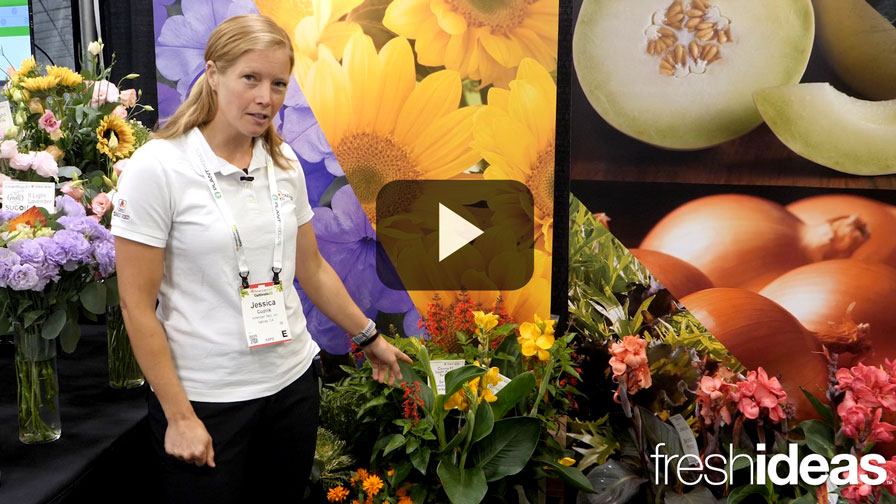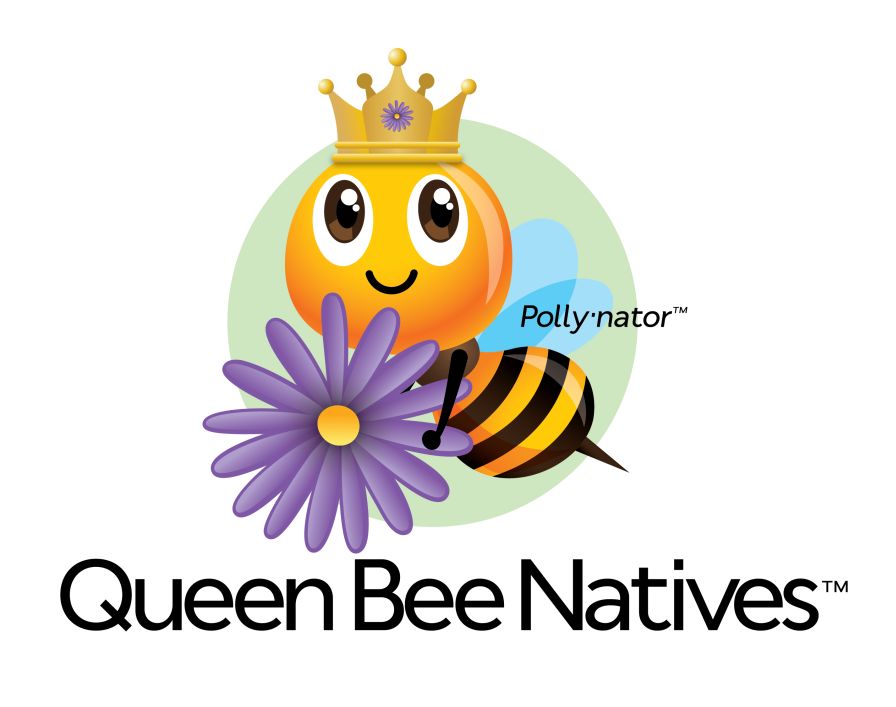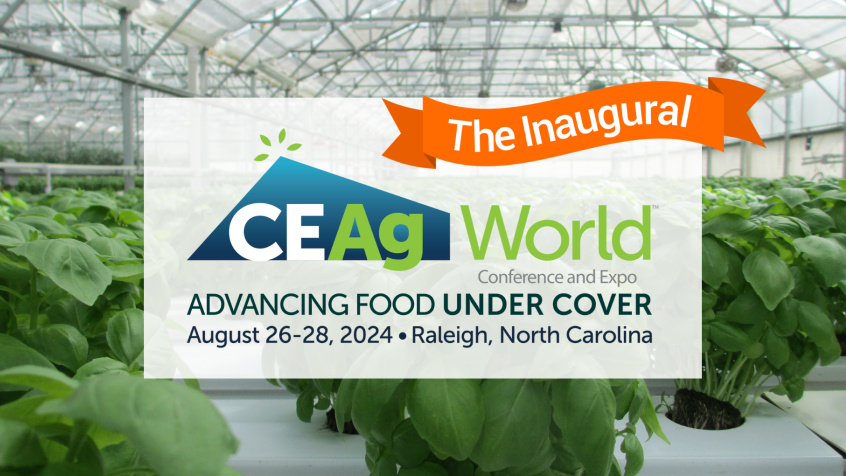Consumer Attitudes On Organic
The Garden Writers Association Foundation (GWAF) surveys people to get a feel for what the average person thinks about various subjects related to gardening.
My son Will is the chairperson of the survey committee, and he discussed GWA Foundation’s 2008 fall survey of 1,000 people on consumer attitudes on organic. TechnoMetrica, a market intelligence group from Oradell, N.J., conducted the survey.
Will and I usually get together once a week to discuss things related to horticultural business. He provided me a copy of the survey report, which is a well-done, professional account of the findings. He gave me a condensed version and then reviewed each area with me.
I have been involved with the Garden Writers Association for more than 40 years, and I served as the director for the Great Lakes area for more than four years in the 1980s. I’m proud to see how the association has developed and how the foundation is providing meaningful information to our industry
Notebook Scribbles
Here are Will’s notes to me about the 2008 fall survey titled “Consumer Attitudes On Organic.”
Probably the biggest topic of conversation in industry circles over the last few years has been consumer trends when it comes to rising concern about the environment.
The terms “organic” and “natural,” as well as concepts of recycling, have been with the industry since the late 1960s and early 1970s. However, imprecise application of the terms and artistic license used in marketing has led to confusion for consumers.
As growers, we know that an investment in many of these trends can be quite costly, and there is tremendous risk involved in making the commitment to some of these production methods.
It would be most helpful if we could get an accurate picture of: 1) what the consumer’s actual mindset is when it comes to being green/organic; 2) whether the consumer will be willing to pay the increased cost of production; and 3) if the consumer has a clear understanding of the terms “green,” “organic” and “natural.”
The Consumer’s World
The Garden Writers Association Foundation dedicated its Fall 2008 survey to try to shed light on some of these questions. The results have recently been released and hopefully provide some insight into these very important questions.
Here’s a summary of their findings:
• Generally, consumers equate the term “organic” with having some real meaning or value; however, 70 percent equate it with being “costly to buy.”
• About one quarter (26 percent) of consumers think natural products are not as good as organic products. About one in five consumers (18 percent) think natural products are the same as organic products, while 5 percent believe natural products are better than organic products.
• Most (80 percent) consumers say they would use more organic products if they knew they could get an effective result for no additional cost.
• Sixty percent say they would use organic products if they could be convinced that organic is just as effective as non-organic products.
• A sizable number of consumers (55 percent) say they would like to use organic products more if they could simply find them in a store. A similar number (53 percent) say they would use more organic products if they understood which to buy and how to use them.
• Overall, topics that have the highest level of interest for consumers (topics rated as either “very high” or “high”) are those that involve buying organic products in stores and those that involve growing their own organic products:
– Buying organic products in stores (44 percent)
– Growing your own organic products (36 percent)
– Doing organic lawn care (31 percent)
–Growing non-edible organic flowers and shrubs (29 percent)
The survey asked participants to consider three options for containers: non-plastic, biodegradable containers, returnable or reusable containers, and recyclable plastic containers.
All of the container options were rated highly by consumers, with non-plastic, biodegradable containers rated the highest at 71 percent, edging out the other two options, each of which received a 67 percent importance rating.
Drawing Conclusions
Some of the conclusions we can draw from the survey results are:
1) Consumers need an education on terms.
Consumers in this survey indicated a desire to learn more about organic products and to make them more accessible. More than half of the respondents (53 percent) indicated they would use organic products more if they could understand what to buy and how to use it.
2) Expense is a potential obstacle.
The foundation found that only 34 percent of gardeners seek out organic products “always or sometimes.” Almost half (49 percent) indicated they shop for organic “rarely” or “never.”
The foundation asked what the term “organic” means. The number one response was “costly to buy” with 70 percent of the respondents choosing that option. Sixty-one percent equated organic with “socially responsible.” Eighty percent indicated they would buy organic it promised an effective result at no additional cost.
3) There is a falloff from buying organic rather than growing your own.
Forty-four percent of consumers expressed interest in buying organic products in stores. When it came to growing ornamentals, the interest dropped to 29 percent. This indicates that the importance of being organic drops off when it comes to actual growing practices.
4) Recycling is an attractive way to green your business.
More than two-thirds of respondents to the survey indicated they were interested in returnable containers (76 percent), non-plastic biodegradable containers (71 percent) and recyclable plastic containers (67 percent). Obviously, the interest is there, and this could be a golden opportunity to get customers back into your shop in the July-August window
Reflections
The summary that Will provided is a great help to me. There are many valuable points of information from this survey.
I believe organic can be used when the finished product (i.e., a fruit or vegetable) is sold directly from a grower/retailer to the consumer. In this scenario, everything is completely under the grower’s control with no one between the grower and the consumer.
When you grow an organic plug or an organic vegetable plant in a 3- or 4-inch pot, and then sell it to a retailer or a consumer, they must continue to maintain an organic system or organic means of maturing the plant if they are to produce a truly organic product.
Once the organic transplants are sold to consumers, where will they put them? In their gardens! Are their gardens organic? If not, you have lost all the effort you put into trying to provide organic product to the consumer.
Someone needs to develop an organic system that includes plants, media, containers and fertilizer so that the consumer really has an organically grown plant from start to finish. Organic is not just a word to use to increase the price of the product. It does require more time and effort. It takes more labor and even more space to produce.
Some Parting Thoughts
Our country is in a depression. Costs are important. Those of you who grow organically must consider that higher costs will decrease sales. Look at your production systems and try to structure them to make them competitive with conventional production costs.
Remember in 2050 we will need to produce twice the amount of food we produce now to feed the people on this earth.
Greenhouse growers will be needed more than ever to start the plants to meet the challenge. Starving people will need food whether it is organic or not. I believe there is a great deal of work to do to improve organic systems, and I hope the researchers and growers will make it happen.









